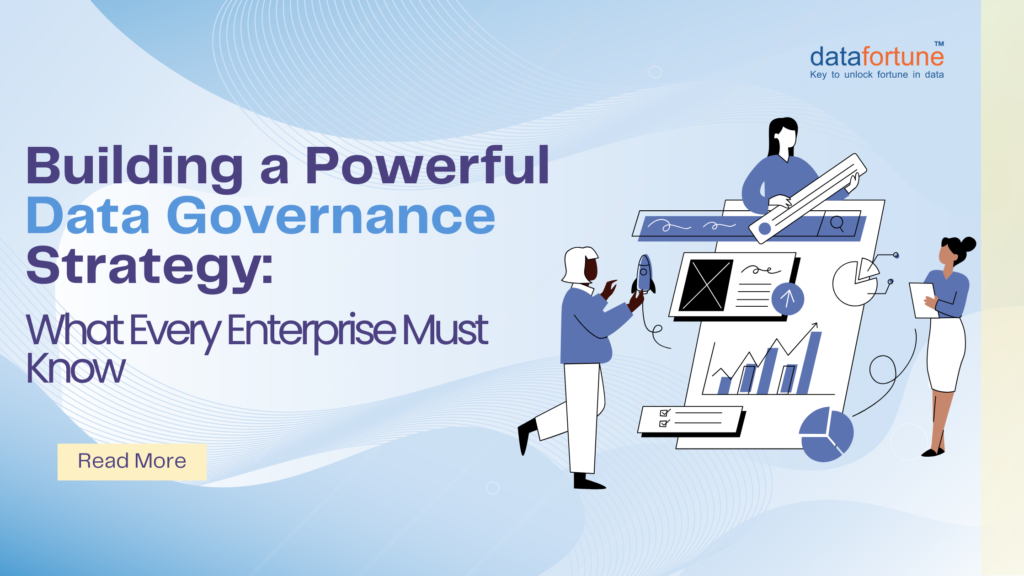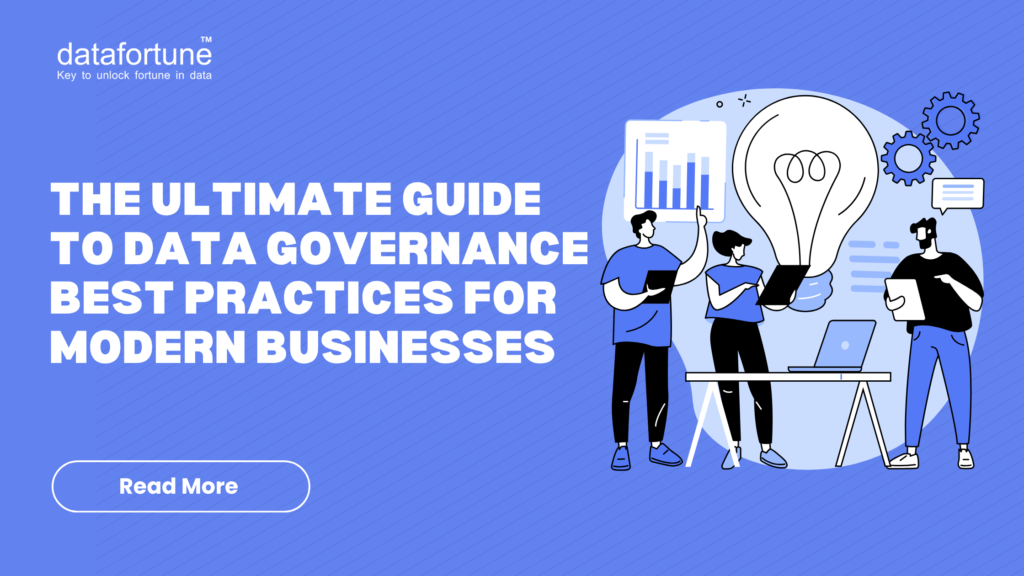A massive corporation with its hotels and banks found that its systems were failing constantly. Their IT teams were toiling hard to keep things smooth and running. Employees weren’t able to access files. Customers were getting irritated. But here’s where things get really fascinating. Rather than just solving the current issue, they decided to take a big leap into cloud migration.
Their 40,000 employees were no longer dealing with tech headaches. Their security became robust and solid. Most importantly, when any other disaster struck, recovery went down from days to just a few minutes. There’s a catch in everything, and the same goes for cloud migration.
Let’s see how this incredible transformation could work for you and learn some of the common cloud migration challenges and how to overcome them.
The Current Landscape of Cloud Migration
Modern businesses are rushing to move their operations to the cloud. Companies are discovering that using multiple cloud providers and AI-powered services can enhance how they work. But cloud migration is not as easy as it seems. Projects can go over budget, miss deadlines, or sometimes don’t work out at all. Many companies usually spend more than they actually planned. This proves to us how important it is to tackle cloud migration challenges from the start.
Common Cloud Migration Challenges and Tips to Overcome Them
Challenge #1: Inadequate Migration Strategy and Planning
The biggest issue most businesses face is running blindly into cloud migration. They get so excited about all the possibilities that they forget to completely plan their move. This can lead to budget disasters and missed deadlines.
When you are dealing with complex systems, things can even get worse. Without a proper plan, you end up spinning your wheels, and your cloud projects never actually contribute to business growth.
Build a Strong Cloud Migration Framework
You need to first understand what you are working with. This can really set you up before taking a big move. You must know what you have, how everything fits together, and what absolutely has to work perfectly from day one. A good framework visualizes the entire picture. Apart from just adopting technology, you are actually helping people adapt to new ways of working while keeping everything secure and running smoothly.
Cloud Migration Best Practices
- Smart companies test the waters first. They begin with smaller, less critical systems to learn the ropes before touching anything mission-critical.
- Detailed step-by-step guides can help your team stay consistent, while automation tools make everything quicker and cheaper.
Challenge #2: Legacy System Integration and Compatibility
The Complexity of Legacy Infrastructure
Integration of legacy systems is one of the main challenges many companies deal with at the time of cloud migration. These systems are usually built with outdated technologies and complex designs, which often clash with advanced cloud platforms. Many companies feel surprised when they find that their legacy systems weren’t built with cloud environments in mind, forcing them into costly modifications or complete system overhauls.
Cloud Modernization Strategies and Approaches
Companies usually have many paths forward when dealing with legacy system challenges. The lift and shift method gets you to the cloud fastest with minimal code changes. Re-platforming takes a balanced approach by making targeted tweaks to help applications work better in cloud settings. Re-architecture demands the most effort but delivers the biggest rewards by rebuilding applications from scratch using modern design principles.
Integration Solution and Best Practices
- Getting legacy integration right means planning comprehensively and evaluating your current infrastructure carefully.
- Containerization has become really helpful in updating legacy applications without starting over completely.
- Smart API management becomes essential when connecting your old systems with new cloud services effectively.
Challenge #3 Data Security and Compliance Risks
Evolving Security Landscape
Data security keeps IT leaders on edge when considering cloud migration. The shared responsibility concept confuses many because you are sharing your security duties with your trusted provider. They manage infrastructure while you secure your data and manage user access.
The fear of security threats feels overwhelming because cloud incidents are occurring frequently. Most of these breaches stem from a mere misconfiguration, creating widespread cybersecurity vulnerabilities. Ensuring a robust security posture is critical.
Regulatory Compliance Challenges
Meeting compliance requirements feels like solving a never-ending puzzle. Cloud migration often crosses borders, creating compliance issues, and hence, it needs careful planning. Healthcare and finance specifically deal with tough requirements.
Security Implementation Strategies
- Successful organizations concentrate on practical and beneficial approaches:
- Running security assessments before moving anything
- Building systems that validate everything regularly
- Using smart tools that detect suspicious activity
- Maintaining robust data security and access controls
Challenge #4 Cost Management and Budget Overruns
Understanding the Cost Complexity
Cloud migration cost management is a tough challenge for many businesses. Companies underestimate expenses, with budgets exceeding original plans. The critical part is misjudging several cost factors, such as upfront assessments, the actual move, and those ongoing cloud bills that keep coming.
Cloud migration costs can vary depending on the approach you follow. Simple moves may seem affordable at first, while the complete procedure might get expensive easily.
Hidden Costs and Unexpected Expenses
Organizations consistently get blindsided by unforeseen costs. Data transfer fees are expenses that can catch companies by surprise, especially those moving huge amounts of information around. Staff training costs hit harder than expected since most teams require serious upskilling.
Cost Optimization Strategies
- Smart cost management means taking practical steps:
- Building dedicated teams for ongoing spending oversight.
- Using real-time tracking tools for better visibility
- Utilizing flexible computing options and auto-scaling
- Creating accountability through departmental cost monitoring
Challenge #5 Skills Gap and Talent Shortage
The Skill Gap Challenge
The skill gap in cloud migration is a huge hurdle for companies trying to achieve a successful cloud migration. Businesses are facing a lot of issues in finding the right people who actually know what they are doing with cloud technologies. This skill shortage can affect every part of migration, from planning to maintenance.
Adding another layer to the challenge is how quickly cloud tech keeps evolving. Serverless apps, multi-cloud setups, and AI integration need specialized skills that most IT people just don’t have yet. Teams feel overwhelmed trying to learn new stuff while keeping current systems alive.
Crucial Skill Areas
Container orchestration and multi-cloud management top the most wanted skills list. Infrastructure as Code knowledge has become important for anyone serious about cloud work.
Addressing the Skills Gap
You can tackle this problem by:
- Creating continuous learning programs with targeted training paths
- Getting team members’ industry certifications
- Mixing hiring, outsourcing, and internal development
- Building Centers of Excellence for knowledge sharing
AI-Driven Cloud Migration
AI is completely changing how organizations approach cloud migration. AI tools are growing rapidly, offering automated assessment, planning, and execution capabilities that make the entire process much smoother. These smart tools can analyze your existing workloads, detect potential migration issues before they occur, and recommend the best cloud migration strategies based on what you need for performance and budget.
Machine learning algorithms are making cloud migration procedures smarter and more dynamic. AI-driven approaches can cut migration downtime while significantly cutting down total migration time. These technologies allow much more refined decision-making throughout the cloud migration journey, enabling teams to avoid common pitfalls and optimize automatically.
Final Thoughts
Cloud migration is both exciting and overwhelming for many organizations today. You can successfully overcome cloud migration challenges when you tackle technical, operational, and people issues together rather than separately.
Businesses that deal with these challenges head-on will leave their competitors in the dust. Always remember, cloud migration is not just a tech upgrade but a complete business transformation.
So, are you planning to convert your cloud migration challenges into a competitive advantage? Let us guide you throughout your cloud migration journey from complexity to success. Contact us today.



